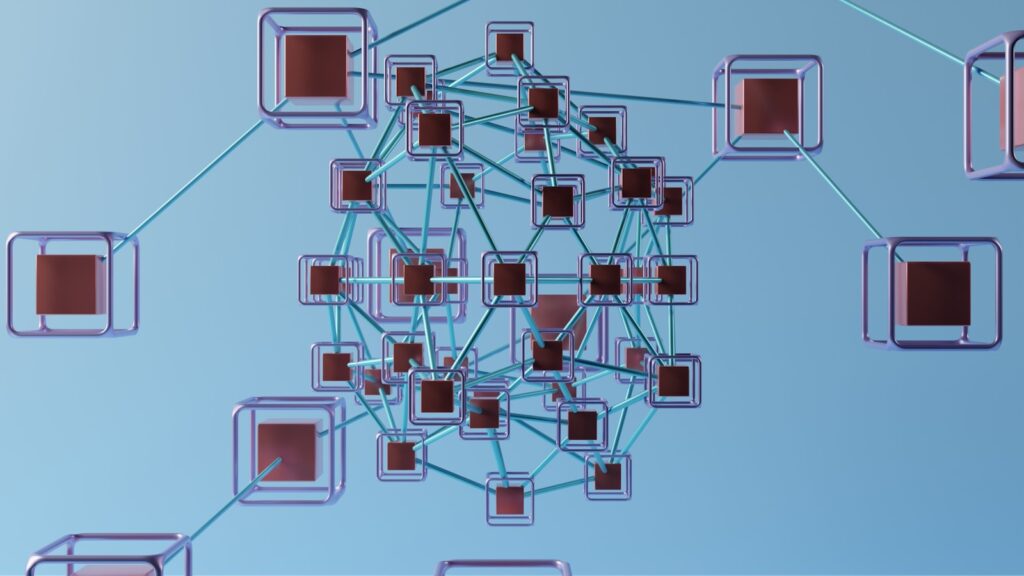Main Points:
- Justin Sun announces a new solution for gas-free stablecoin transfers.
- The solution will initially be implemented on the Tron blockchain.
- Ethereum and all EVM-compatible public chains will follow.
- Launch expected in Q4 2024.
- Aimed to simplify stablecoin services for mass adoption.
- Potential challenges include increased computational burden and scalability issues.
- Impact on native coin demand and economic effects on asset prices.
Justin Sun’s Gas-Free Stablecoin Transfer Solution: A Game Changer with Potential Challenges
On July 6, 2024, Justin Sun, founder of Tron, revealed a groundbreaking solution designed to enable gas-free transfers of stablecoins. This innovation allows users to send stablecoins without incurring gas fees, which are typically required in traditional blockchain transactions. Instead, the transaction fees will be covered by the stablecoins themselves.
Implementation and Expansion
The new solution is set to be initially deployed on the Tron blockchain, with plans to extend support to Ethereum and all EVM-compatible public chains thereafter. This strategic rollout is scheduled to begin in the fourth quarter of 2024.
Simplifying Blockchain for Mass Adoption
The primary objective of this development is to streamline the use of stablecoins in everyday transactions, making blockchain technology more accessible to the general public. By eliminating gas fees, the solution reduces the complexity and cost associated with blockchain transactions, thereby encouraging broader adoption of stablecoin services.

Technological Impact
The introduction of gas-free stablecoin transfers is poised to significantly impact the blockchain ecosystem. It lowers the barrier to entry for new users and provides businesses with a cost-effective way to implement stablecoin-based services. The move is expected to drive further innovation and competition within the blockchain space.
Challenges and Considerations
Despite its promising potential, the gas-free stablecoin transfer solution is not without its challenges. One significant concern is the increased computational burden on the network. Calculating transaction fees in stablecoins instead of native coins like ETH or TRON requires real-time price data and additional processing power. This could lead to scalability issues, especially during periods of high network activity.
Moreover, by allowing transactions to bypass the need for native coins, there is a risk that demand for these native assets could decrease. This shift could potentially reduce the economic benefits derived from their transaction fees, leading to a decline in their value. The overall economic impact on the native assets’ prices and the sustainability of the networks must be carefully evaluated.
Future Outlook
As this solution rolls out, it has the potential to transform how stablecoins are used globally. The increased ease of use and reduced transaction costs could lead to widespread adoption of stablecoins, facilitating faster and more efficient financial transactions across various industries. However, addressing the scalability issues and maintaining the economic viability of native assets will be crucial for long-term success.
Justin Sun’s gas-free stablecoin transfer solution represents a significant advancement in blockchain technology. By simplifying the transaction process and reducing costs, this innovation is set to play a pivotal role in the future of digital finance. For investors and stakeholders in their 40s seeking practical blockchain applications and new revenue streams, this development offers promising opportunities. Nonetheless, the potential challenges regarding computational demands and the impact on native coin demand highlight the need for careful consideration and balanced implementation.


